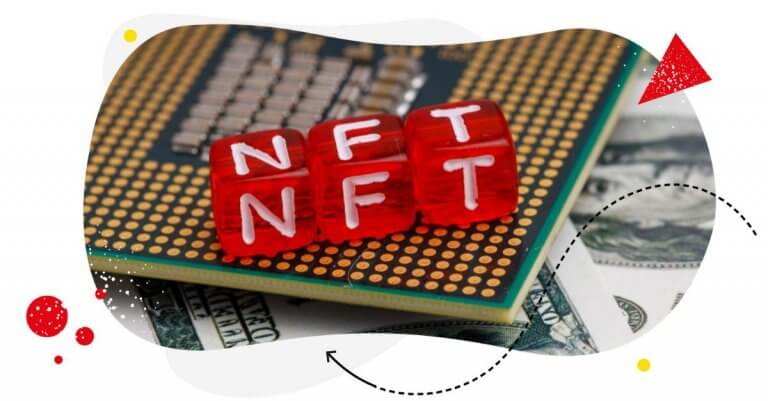Everybody’s talking about NFTs these days. And if I’m guessing correctly, you’re struggling to get what the whole deal is about.
Can’t blame you. After all, who in their right mind would pay for a digital photo for a million dollars?
But there’s this sinking feeling in the pit of your stomach, What if you’re missing out?
Because we can’t deny the fact that big money is exchanging hands on account of NFTs. And as a business owner or manager, you want to find out how you can leverage the hype for your business.
From this article, you’ll find out:
- What is an NFT?
- How are NFTs changing or disrupting business models?
- And what can you do to capitalize on the hype around it?
Keep reading to find out!

Social media marketing made easier (especially for teams)
Automation, analytics, reporting, scheduling, and more. Try NapoleonCat and save 90% of your time spent on marketing tasks. Try it for free:
Try NapoleonCat free for 14 days. No credit card required.
What is an NFT?
Go ask someone what an NFT is, and they’re likely to say, it’s a “nonfungible token.”
As if that helps.
What does “non-fungible” mean anyway? It simply means “not mutually interchangeable.” When something is non-fungible, it’s one of a kind. When you have an NFT, there’s nothing like it everywhere on the web, in local storage, or in the cloud. Nothing can replace it.
A bitcoin is fungible. Trade one bitcoin for another and you’re getting the same thing. It’s different with NFTs.
Case in point: Jack Dorsey’s first tweet which got sold for $2.9 million as an NFT.
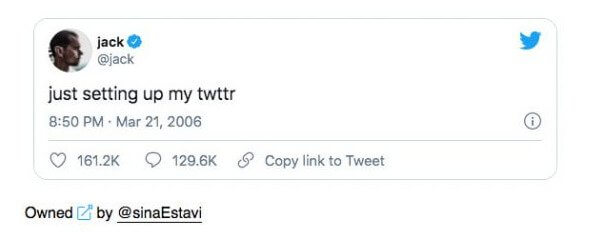
Someone can take a screenshot of that tweet and download it, but nothing can replace the original, thanks to a digital signature assigned to the token attached to it on the blockchain, the technology responsible for Bitcoin and Dogecoin.
Blockchain? What is that?
You know in accounting where you use a general ledger to record all of a company’s transactions?
The blockchain works similarly, only it’s digital and has no physical accountant to oversee transactions.
So, without a physical accountant to play watchdog, how do you keep the transactions on a blockchain accurate and honest?
This is done through a massive peer-to-peer network of computers that monitors and verifies the blockchain’s accuracy 24/7.
And if anybody tries to tamper with the blockchain, everyone will notice. Besides, it takes an incredible amount of computing power to do it. The ledger takes care of itself. And if you have any questions, all you need to do is check the records on the blockchain.
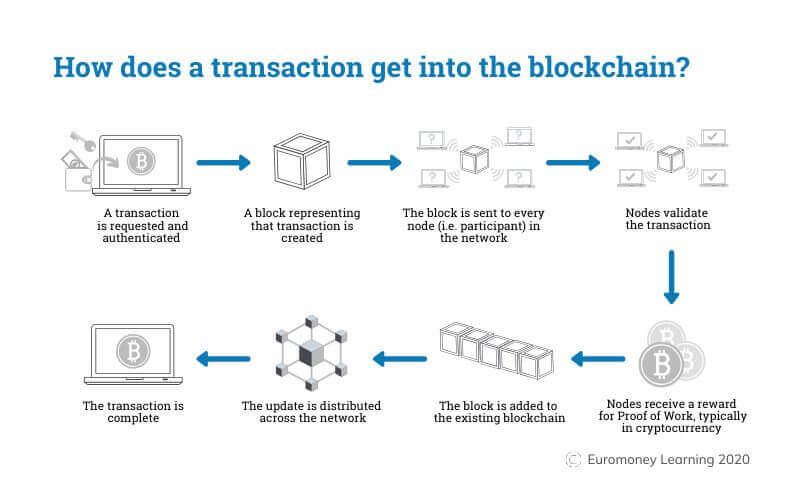
The immutability of the blockchain is what gives NFTs their attractive value. With NFTs, every transaction, especially one involving ownership, is recorded and verified on the blockchain, mostly on Ethereum. If you own an NFT (either by minting or buying one), you can prove you own it thanks to the token proving your digital copy is the original.
I know what you’re thinking. The idea of ownership through NFTs sounds nebulous and unintuitive, right?
American entrepreneur, author, and game designer Jon Radoff has a great take on the matter:
“Do you “own” it? We’re getting into a bit of a philosophical argument here: but if “own” means you have the agency to decide whether to dispose of an asset for another asset or currency with a third party — then yes, you “own” it. You own it as much as you own a Magic: the Gathering card that you’ve chosen to sell to another person, even if you don’t own the rights to the art on the card itself. The cardboard it is printed on isn’t much different than the token on the blockchain.”

Analyze competitors on social media
Track your competitors' social media activity across Facebook, Twitter, Instagram, and YouTube. Compare multiple accounts side by side and refine your own marketing strategy. Try NapoleonCat for free:
Try NapoleonCat free for 14 days. No credit card required.
So, what is the future of NFTs?
Let’s dive into the future of NFTs.
Are NFTs the next big investment or a bubble waiting to burst?
You know what? It’s hard to tell. Even the experts remain split over it. While many businesses and creators are cashing in, the jury’s still out if it’s going to last.
But here’s what I think:
Whether or not NFTs will be around years from now, you as a brand can still leverage the hype around it. But if you want to be successful, you want to approach it from the lens of creation, collaboration, and value-generation, and not from a position of investment and speculation.
But to put yourself in a position to pull this off, you need to know the lay of the land first.
NFTs as a disruptive force
Massive sums have been changing hands this year, and boatloads of money will continue to pour in.
What that tells us is this: whether or not NFTs are a bubble waiting to burst, they are going to send big ripples across industries and markets around the world. Changes, they are a-comin’.
According to DappRader, the NFT trading volume in Q3 of 2021 reached $10.67 billion – an increase of more than 700% from the previous quarter. A Morning Consult poll also shows that half of the physical collectors said they would be either “very” or “somewhat” interested in collecting NFTs in the future.
Right now there are so many NFT projects coming out of the woodwork, and they’re fueling and redefining the creator economy in a big way.
Thanks to NFTs, creators can monetize directly from their fans or followers via decentralized marketplaces like OpenSea, Solsea, and Magic Eden on the Ethereum blockchain. With blockchain decentralizing the Internet, creators are no longer beholden to the monetization policies imposed by brands, agencies, and advertisers to get compensated for their work.
Best of all, NFTs give creators the guarantee of ownership, granting them more leverage on how to monetize their work and followers.
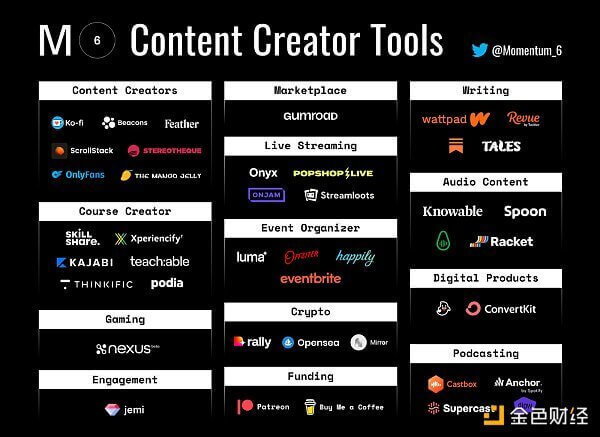
The biggest advantage of NFTs for creators is that it allows them to earn a passive income long after a sale is made. An artist, for example, can mint an NFT using one of her art pieces and earn a share of the sales price for every future sale of the said NFT.
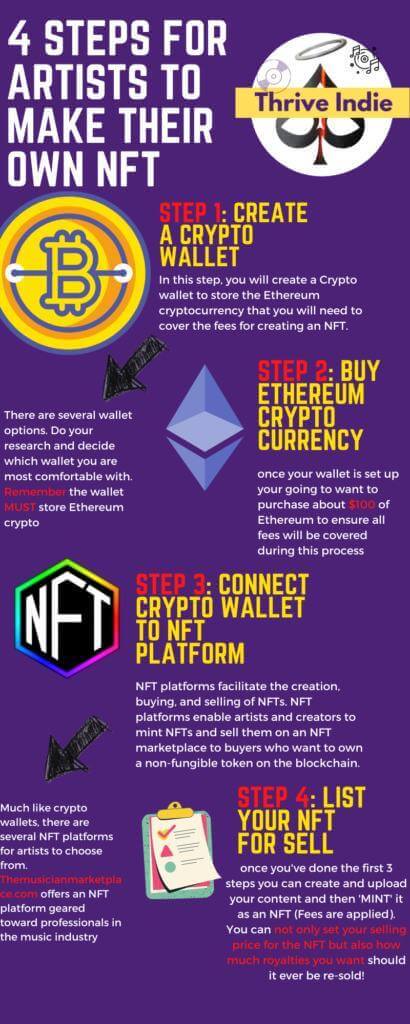
What brands can do to leverage NFTs
NFTs are giving creators more financial control over their creations and that’s a good thing. But where does that leave brands that want to work with them?
NFTs don’t have to pose a threat to brand and influencer partnerships. Like every disruptive technology, NFTs present opportunities for brands that can move fast and make the right pivot.
The value of NFTs lies in their proof of authenticity. And if you can create something of value that only one person can own via the use of blockchain technology, you can leverage NFTs to unlock new ways of delivering experiences and generating revenue.
As a brand, you can empower your partnerships with empowered creators by using NFTs to build new and novel experiences for a shared target audience.
But how does that work exactly? Let’s go over some of the possibilities.
Leverage NFT-driven storytelling
At the end of the day, effective marketing is about communicating a message in ways that resonate with customers. And there’s no better way to pull that off than by telling stories. After all, studies show that storytelling can be up to 22 times more memorable than dry facts.
NFTs open up fresh and exciting possibilities for brand storytelling.
Jovaughn Brown, the owner of Digital Zen, explains it briefly in his brilliant piece for 99 Park Row:
“So where do NFTs come into play? Minting a brand-specific NFT allows customers to more deeply engage with the company and brand. An NFT can add a canonical element to the company story. They can also be packed with additional consumer benefits such as access to exclusive offers, free products, and premium memberships. The possibilities can be as relevant as they need to be for a given brand.”
Care for an example? Vogue Singapore collaborated with two teams of digital artists to create animated Vogue Singapore covers, which were auctioned as NFTs.
One of the digital covers, entitled ‘Triumphant Awakening’, is designed by 3D designer Chad Knight and design firm, Baëlf Design. It shows a golden statuette standing tall and proud in front of a rotating blue planet, with the sun spinning in its orbit in the background.
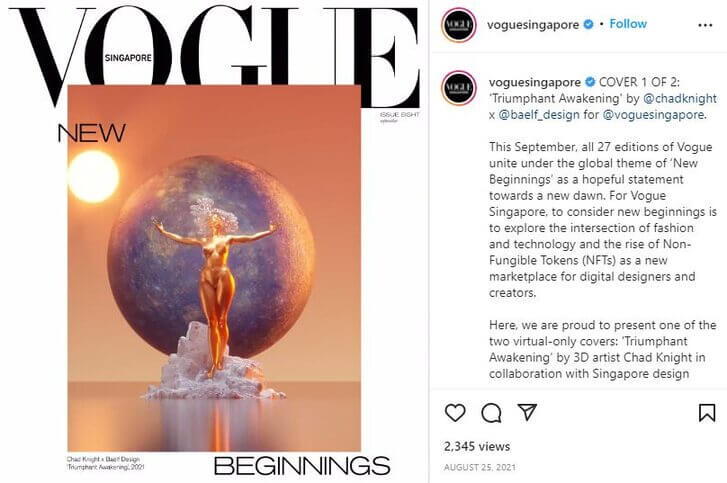
This collaboration works not only because it led to digital collectibles highly favored for their uniqueness and value, but also because it tells an engaging story that represents the shared values of its brand and its readers, namely sustainability, inclusion, diversity, and truthful, meaningful storytelling.
“With this issue, we aim to elevate storytelling and continue that dialogue between print and digital that we have championed since launch. We welcome readers to embark on this digitally-led journey to explore the creative possibilities,” says Norman Tan, editor-in-chief of Vogue Singapore.
Fuel your events with NFTs
NFTs hold massive potential for the events that the industry and businesses are paying attention to. Many companies have been incorporating NFTs into their event marketing efforts and are getting rewarded for it.
Tickets, swag bags, and event perks are being minted into NFTs, generating more excitement around events and unlocking additional revenue opportunities.
Yellowheart, for example, minted 18 “golden tickets” to give super fans front-row tickets at every Kings of Leon tour, for life.
And that’s not all. The NFT also offers a luxury SUV (up to 8 hours), a private Meet and Greet with the band backstage, and an onsite Concierge at your disposal for the entire night.
To increase their value, the ticketing platform auctioned off six of the NFTs and vaulted the remaining 12 as if they were rare pieces of art.
Yellowheart’s strategy goes to show how NFTs unlock unique and exclusive experiences for the event industry.
Use NFTs for charity
Thanks to their ability to create scarcity and unique value, NFTs are an effective tool for raising money for a nonprofit or charity. An NFT has value, and you can leverage that value to incentivize donations or memberships.
Celebrities have gotten in on the act. Ellen Degeneres, for example, raised $33,495 for the World Central Kitchen by auctioning an NFT, a food relief org founded by Chef José Andrés.
Beeple, the digital artist who holds the record for most expensive NFT sold at $69.3 million for artwork ‘Everydays: The First 5000 Days”, auctioned another NFT which sold for $6 million, which was donated to The Open Earth Foundation, an organization fighting climate change.
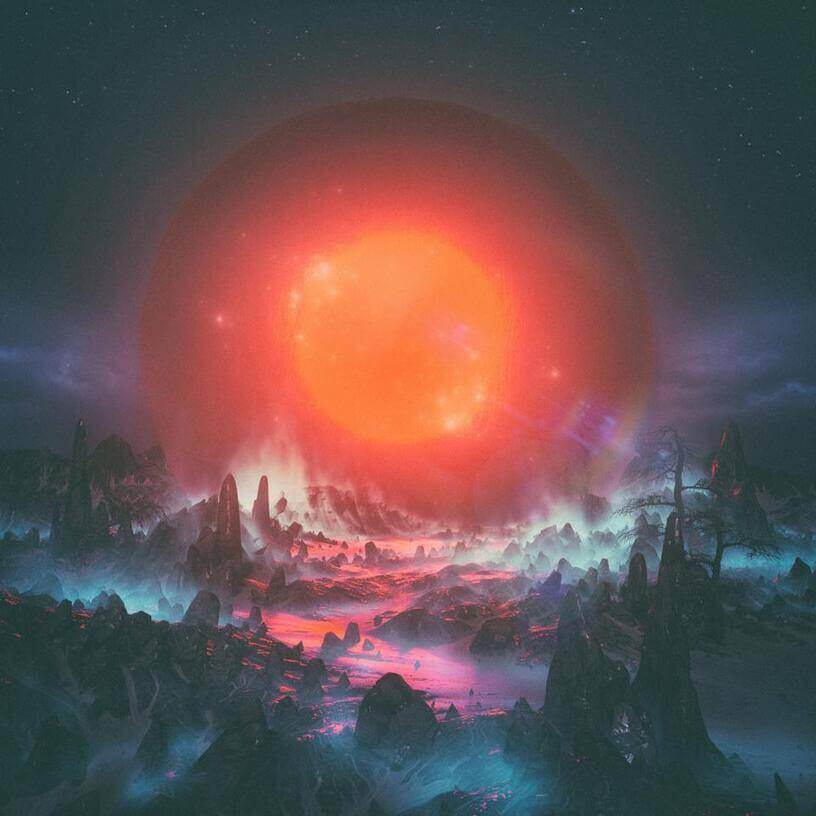
Use NFTs for community building
Customers don’t buy products not only because of what they do but also to seek a higher connection.
This is why building a strong sense of community is a big part of brand building. You need to bring your audience together and get them to feel a deep sense of belonging from interacting with those who share their interests and values.
This not only instills their loyalty but also gives them a chance to participate in building your brand.
And nothing inspires a deeper sense of communal brand building than engaging a community built on NFT ownership.
Case in point: Reese Witherspoon’s Hello Sunshine, recently entered a storytelling partnership with the World of Women (WoW), an NFT collective that bucked the male-dominated trend in cryptocurrency.
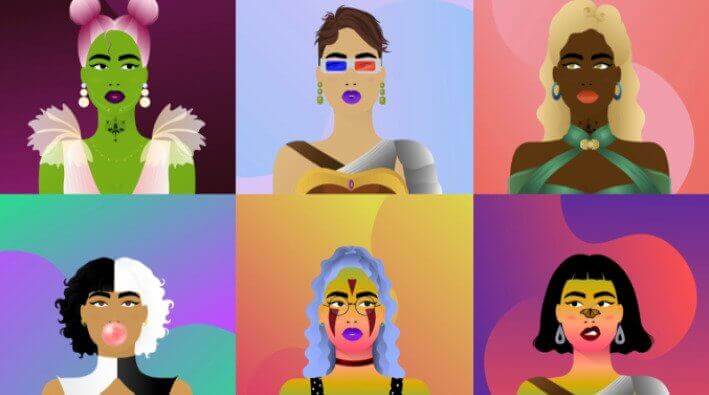
As per Variety, the partnership will “build out the World of Women character universe and franchise into entertainment properties including feature films, scripted and unscripted TV series”
What’s next for the future of NFTs?
2022 has been a big year for NFTs. But we’re just getting started. If anything, expect more brand involvement as the mainstream adoption of NFTs continues to accelerate. We’ve seen brands like McDonald’s, Twitter, Adidas, and Lamborghini release NFTs or purchase them as investments, and many will follow suit.
Many speculate that NFTs will have wider applications in the broader Metaverse, which paves the way for infinite possibilities.
Realize your brand’s potential with NFTs
So, what do you do with NFTs?
You have to dig deep before you can answer that question. Ask yourself why your brand exists in the first place. Who are you serving? And why should they give a damn about your brand?
Once you have that figured out, ask yourself:
- How do you use NFTs in ways that are complementary to all of that?
- How do you use NFTs in a way that adds value?
- What new and unique experiences can you create?
I can see the gears turning in your head. I see that as a good thing. That’s the beauty of NFTs – the possibilities are only limited by your imagination.
Wrap up
Whether or not NFTs will be around in a few years is irrelevant. Right now people and businesses are making money from them and you’d do well to get a piece of that pie and examine avenues where you can create new experiences for your customers via NFTs.
Don’t know where to start? Here’s a heads up: Facebook and Instagram are exploring plans to create, showcase, and sell NFTs. As a Meta Business Partner, NapoleonCat can help you stay updated about those plans and get a leg up on how to leverage NFTs for growing your brand.

Protect your social media from offensive comments and SPAM
Automatically hide or delete comments containing spam under your organic posts and ads. Try it for free:
Try NapoleonCat free for 14 days. No credit card required.

